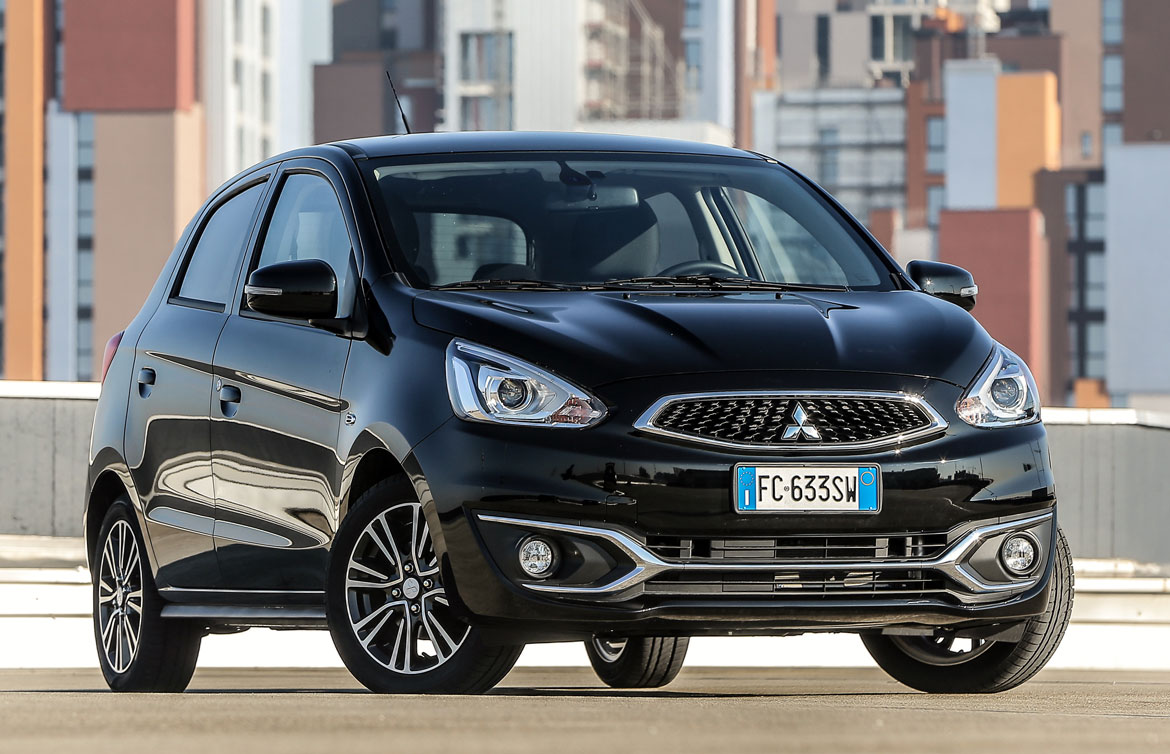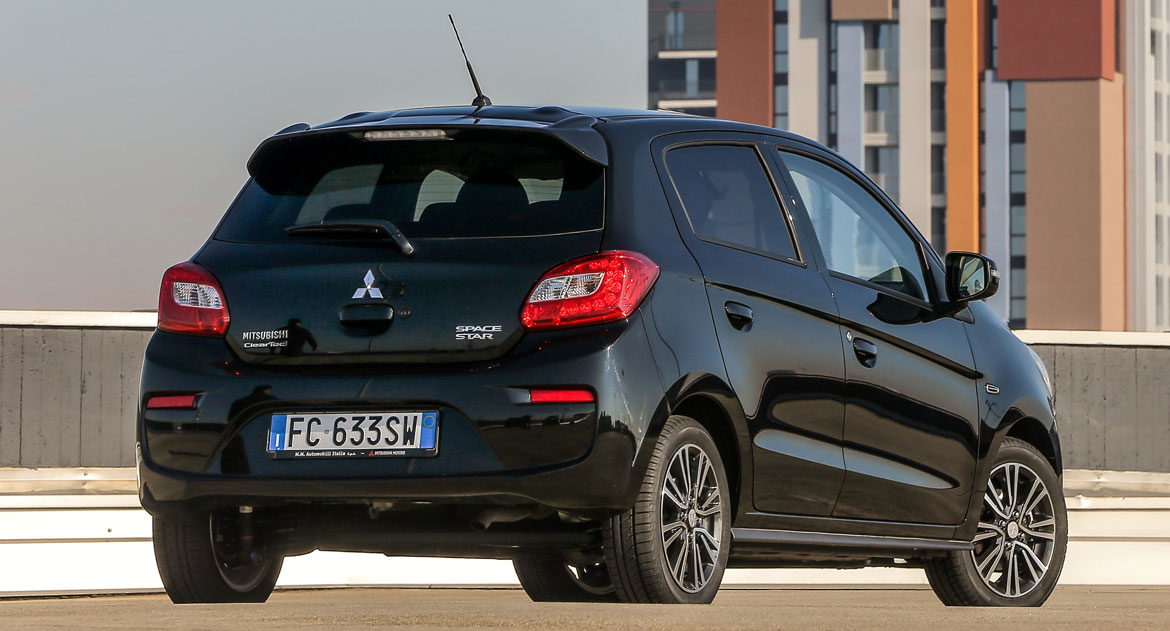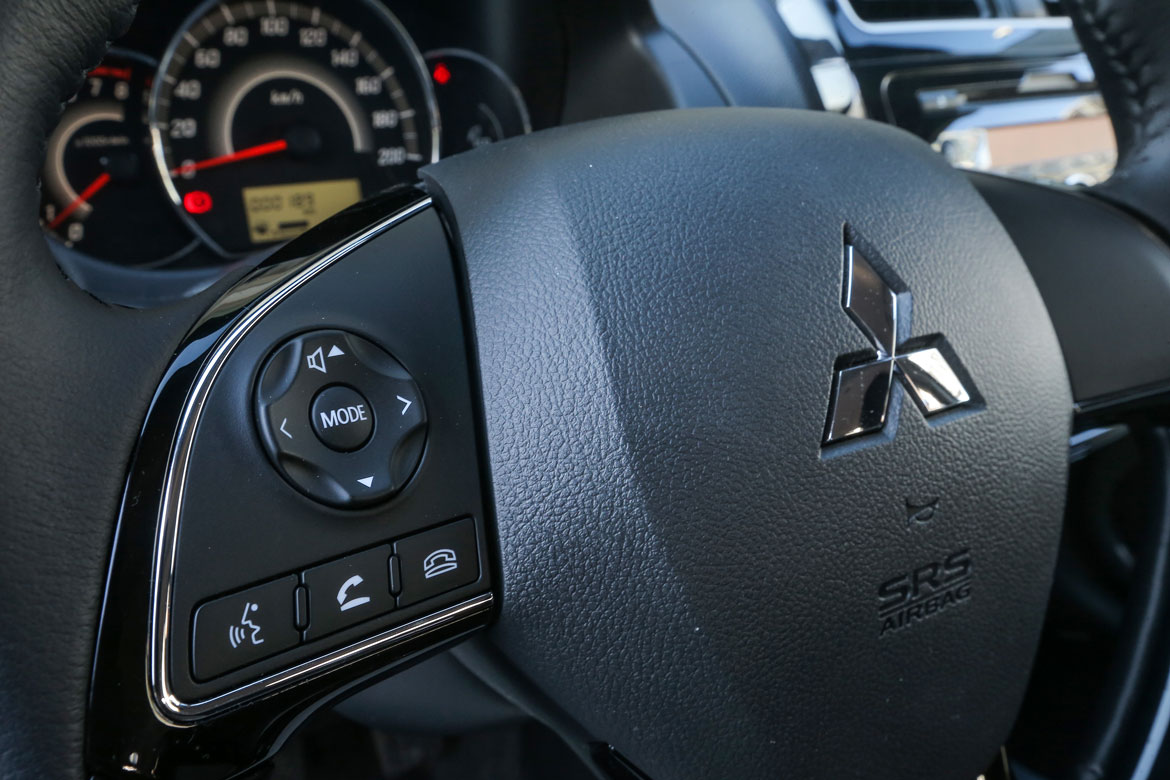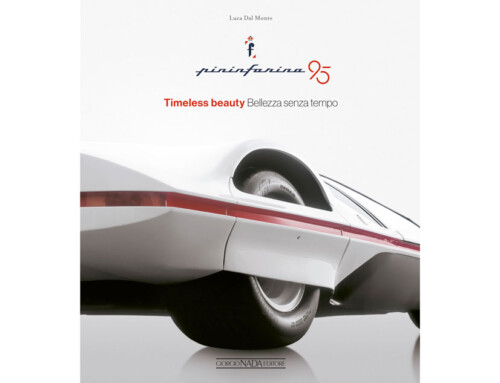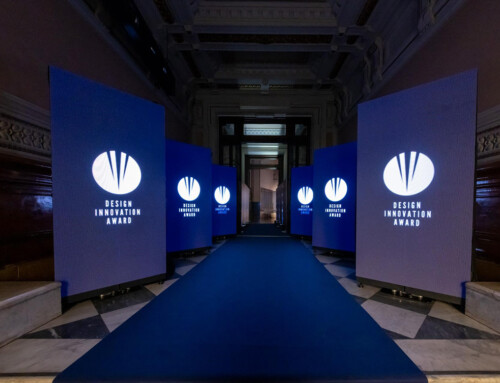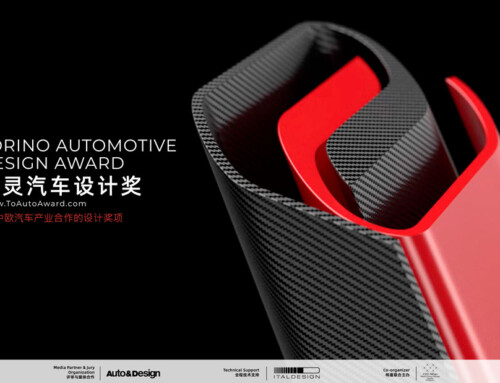The concept of sustainable mobility combines with thorough formal research in three particularly “clean” models from Mitsubishi. We are talking about the Outlander PHEV (Plug in-Hybrid-Electric-Vehicle) model year 2016: launched in 2012 and produced in more than 320 units, today it represents the biggest selling vehicle using this technology in Europe. It fits twin 82 bhp electric motors (front and rear) and a 121 bhp 2.0 petrol engine (front) and comes in three drive modes: pure electric; series hybrid with a combustion engine recharging the other two; hybrid parallel with the electric motors assisting the combustion engine. It will do 800 km, of which 52 in electric mode, without refuelling or recharging. An offshoot of the New Outlander launched last September, the Outlander PHEV expresses its technical features through external and internal personalisation. The front is very different from its predecessor, the side presents a “miniskirt” and new alloy wheels, the lower part of the rear is in matching colours. Specific to this model in the cab are the steering wheel, the centre tunnel, the gear shift plus some of the hybrid system controls, the fabrics which adapt better to body temperature (so limiting the use of the climate system) and the black or tobacco leather.

The second generation of the B segment Space Star fits high efficiency three-cylinder petrol engines of 1.0 and 1.2 litres delivering 71 and 80 bhp with fuel consumption and CO2 emissions limited to 4.0 l/km and 92 g/km. The sporty appearance of the first series in 2012 has been enhanced by redefining the front, the ribbed bonnet and the rear zone; this has meant increasing length to 3795 mm. In the cabin, the steering wheel, fabrics, dashboard and its lighting are new. Completing the picture is the little, pure-electric iMiev (3.5 m) that has remained unchanged with its attractively neat egg shape. The 67 bhp electric motor is fuelled by a battery that provides a range of 150 kilometres.
